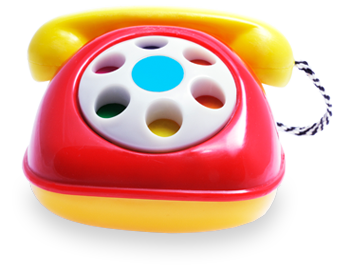There are many different conditions that can affect your child’s airway.
Narrowed Throat, Trachea, and Nasal Passages
Children may be born with throat, trachea, or nasal passages that are too narrow to let air and food pass comfortably or allow swallowing to happen naturally. Specific conditions include:
- Subglottic stenosis
- Pyriform aperture stenosis
- Choanal atresia and stenosis
- Complete tracheal rings
Airway Obstructions
Obstructions in the airways between the nose, throat, and lungs that are present at birth can also have a significant impact, including causing sleep apnea. Examples include:
- Cysts
- Floppy tissue around the vocal cords (laryngomalacia)
- Laryngeal cleft, a rare condition in which there is a deep groove or opening on the back wall of the voice box that allows food and liquid to pass into the airway (aspiration)
- Collapsed or weakened windpipe (tracheomalacia or bronchomalacia), which can cause a child to choke while eating and can also cause difficulty with breathing
- Dysphagia (swallowing difficulty either from anatomical issues or functional swallowing disorders) can cause your child to inhale food or liquid into their lungs (aspiration), which then can lead to underlying lung and breathing problems

